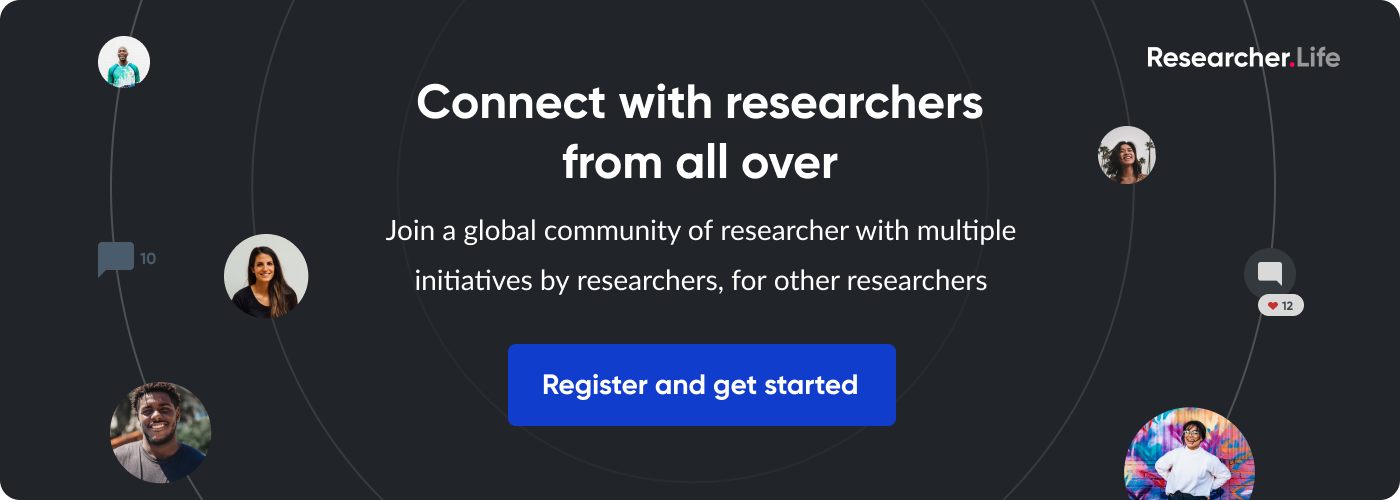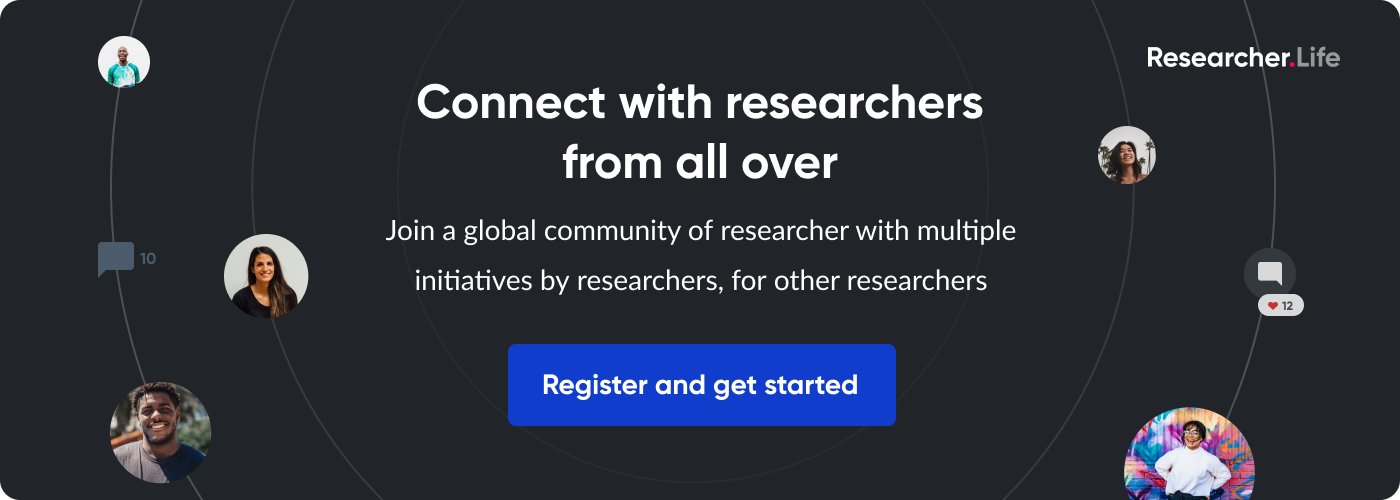Research collaborations: Drivers, challenges, and tips

Today, more than ever before, scientists around the world rely on extensive collaboration with either their colleagues from the same domain or researchers from completely different fields. Evolving communication platforms, like social media, have made research collaboration effective and easy by facilitating online networking and sharing of information among academic communities.
The numbers of co-authored research papers and international collaborations, especially in multidisciplinary research, have increased strikingly in the past two decades. More than a quarter of over two million research papers published annually are authored by researchers from at least two different countries.1 Since 1996, 21,000 articles have been published in rapidly globalizing areas of research, marking a shift from West-centric research focus and outputs.2
To improve research outputs, scientists often need to collaborate with different organizations, laboratories, and industries. For instance, sometimes, because of limited government funding, universities run out of all potential sources of financial support. The faculty or researchers from universities can address the situation by seeking grants from other sources such as international research organizations, non-governmental bodies, and other research-funding organizations, or by seeking collaborations with funded researchers from these sectors if their interests align.
Collaboration involves working with researchers from different disciplines, countries, or organizations, or with researchers who have grants from different funding bodies. The following are five common types of research collaboration:
- Cross-laboratory collaboration within an organization
This is the most common type of research collaboration and occurs when two or more research groups or labs within the same institution work toward the same goal.
- Inter-organizational collaboration
Example: A recently initiated project funded by Break Through Cancer involves five cancer research centers—the University of Texas MD Anderson Cancer Center, Dana-Farber Cancer Institute, the Sidney Kimmel Comprehensive Cancer Center at Johns Hopkins, Memorial Sloan Kettering Cancer Center, and Koch Institute for Integrative Cancer Research at MIT. The project team was awarded $10 million for working on novel interception and strategies to treat patients with different types of cancer.3,4
- Interdisciplinary research collaboration
Example: Researchers from the University of Southampton, Chinese Academy of Sciences, Curtin University, University of Hong Kong, and the University of Tübingen worked together to understand how life on Earth survived during a period of extreme climatic change event referred to as Snowball Earth. The researchers belonged to diverse disciplines and their collaborative work made it possible to understand how the survival of complex life during this period may have been influenced by Earth’s orbit.5
- Research collaboration between academia and industry
Example: IndiGo, an Indian airline company, partnered with a Council of Scientific & Industrial Research laboratory, the Indian Institute of Petroleum (CSIR-IIP) to manufacture and deploy sustainable aviation fuel in India and globally.6,7
- International research collaboration
Example: The Gemini Observatory is an astronomical observatory comprising Gemini North in Hawaii and its twin Gemini South in Chile. The project was initiated in 1999 and involved an international collaboration of seven countries: the United States, the United Kingdom, Canada, Chile, Brazil, Argentina, and Australia.8 The Gemini telescopes are optical/infrared telescopes designed to explore the entire northern and southern skies.
Challenges of research collaboration
While developing cross-institutional teams and building international partnerships have great benefits. Collaborations among people from different disciplines, sectors, and cultures can generate fresh, diverse perspectives. But the differences that enrich the research can also pose the following challenges.
Cultural challenges
- Language barriers among collaborators from different regions pose a common challenge.
- Conflicting working styles and practices can seem frustrating, for example, not sharing the same working days.
- Differences in communication habits or preferences, such as frequency, timing, tone, and mode of communication, can lead to misunderstandings.
- Differences in social structures and practices, for example, practices such as gender segregation in certain countries, can pose difficulties in effective communication and collaboration.
Legal challenges
Legal differences among the countries where collaborators work are particularly important to consider. Countries may differ in their laws related to acquisition/handling of materials or data, treatment of research subjects, type/levels of documentation or permits needed to carry out certain types of research, and so on.
Challenges related to collaboration across sectors
These may include political or ideological differences between organizations belonging to different sectors, especially between and privately funded and public organizations. Moreover, sometimes the competing priorities and objectives of cross-sector organizations (e.g., a commercial company and a university) may lead to differences in opinion on how research should be conducted and within what duration.
Approaches to overcoming challenges in research collaborations
- When working with international collaborators, talk to them and understand the socio-cultural norms that dictate the way they work and how all of you may need to adapt your working styles accordingly.
- Together decide the communication approaches you will follow to make the collaboration smooth and avoid misunderstandings. Appointing an individual who will communicate on behalf of a team can reduce the challenges caused by language differences.
- Plan all aspects of the project systematically and well ahead. In particular, critical aspects like research methodology and individual roles/responsibilities should be discussed and outlined clearly early on to prevent potential conflicts or confusion.
- Ensure that all researchers involved in collaborative research are aware of the relevant national laws and policies as well as the rules and regulations of the affiliated organizations and funding bodies supporting the project.
- Discuss with all stakeholders who should receive authorship credit and own intellectual property rights (if relevant) for ideas/products come up with during the project.
Though research collaboration seems challenging, the advantage of collaborative work outweighs the difficulties. For anyone interested in research collaboration, there are readily available opportunities, which can evidently be seen in the successful collaborations during the COVID-19 pandemic.
References
- Fu, Y.C., Marques, M., Tseng, YH. et al. An evolving international research collaboration network: spatial and thematic developments in co-authored higher education research, 1998–2018. Scientometrics 127, 1403–1429 (2022). https://doi.org/10.1007/s11192-021-04200-w
- Kwiek M. The prestige economy of higher education journals: a quantitative approach. High Educ 81, 493–519 (2021). https://doi.org/10.1007/s10734-020-00553-y
- MD Anderson receives more than $10 million in grants for cancer research, FOX 26 Digital, April 24 2022, FOX 26 Houstan. Available at: https://www.fox26houston.com/news/md-anderson-recieves-more-than-10-million-in-grants-for-cancer-research
- MD Anderson receives over $10 million from Break Through Cancer to support collaborative research with leading cancer centers, MD Anderson News Release April 19 2022, Available at: https://www.mdanderson.org/newsroom/md-anderson-receives-over-10-million-from-break-through-cancer.h00-159538956.html
- Mitchell, R.N., Gernon, T.M., Cox, G.M. et al. Orbital forcing of ice sheets during snowball Earth. Nat Commun 12, 4187 (2021). https://doi.org/10.1038/s41467-021-24439-4
- Manju V. IndiGo partners with CSIR for sustainable fuel, 2021, Times of India. Available at: https://timesofindia.indiatimes.com/business/india-business/indigo-partners-with-csir-for-sustainable-fuel/articleshow/88168710.cms
- IndiGo signs agreement with CSIR-IIP to make sustainable aviation fuel. Press Release, 2021, Council of Scientific and Industrial Research, Available at: https://www.csir.res.in/slider/indigo-signs-agreement-csir-iip-make-sustainable-aviation-fuel
- Franktaky. Participating Country Shares, 2021, Gemini Obsevatory, Noir Lab, Available at: https://www.gemini.edu/about/participant-shares
Comments
You're looking to give wings to your academic career and publication journey. We like that!
Why don't we give you complete access! Create a free account and get unlimited access to all resources & a vibrant researcher community.

Subscribe to Career Growth










